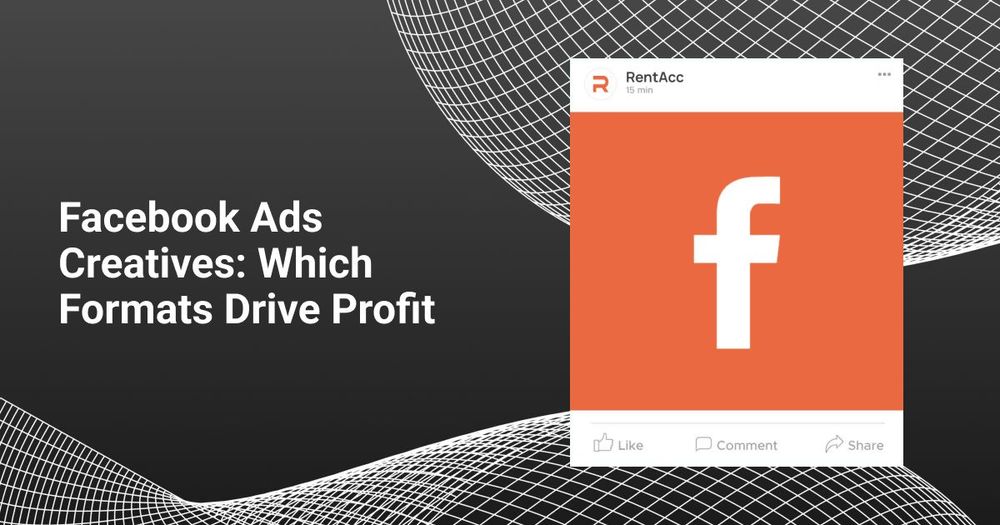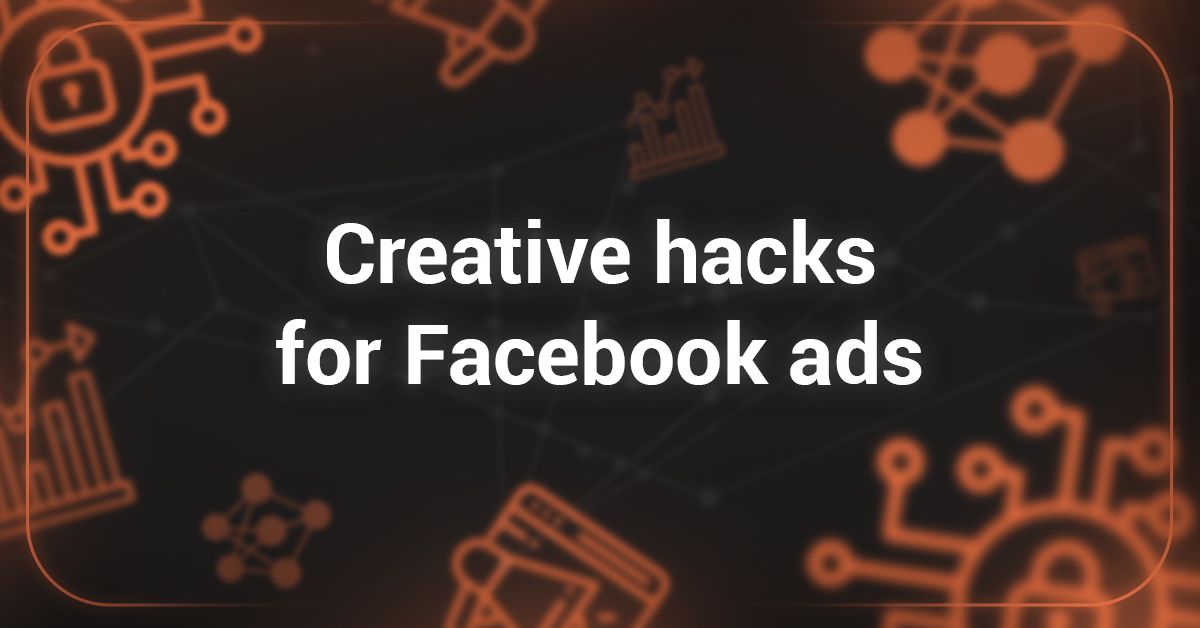
Facebook is both an effective traffic source and a constant headache. First, you need to understand why some ads deliver results while others just drain the budget. With experience comes another problem: even successful campaigns burn out quickly. That’s why the creative problem never loses relevance.
In this article, we’ll break down creatives: which formats and approaches work best, and how to practically increase the efficiency of ad campaigns.
Dynamic Formats: Video vs Carousels vs Stories
In arbitrage, it often happens that a creative looks good visually but CTR is disappointing. The reason is often not the content itself but the format. Video, carousels, and Stories affect audience behavior and delivery algorithms differently. If you know what to use at each stage of the funnel, you can hold attention longer and consistently get cheaper clicks.
Video in the Feed – Motion vs Static
In the Facebook feed, you compete with images, but in the battle of video vs image, motion wins: it immediately stands out against static posts and grabs attention.
To make a video perform, keep in mind:
- short videos (10–15 seconds) are easier to consume and are more often watched until the end;
- pacing matters more than polish: dynamic editing with frame changes every 2–3 seconds keeps attention better than long clips without rhythm;
- it’s better to upload multiple video versions and let the algorithm pick the one with the best CTR.
The slideshow format can replace video if you don’t have resources for a full shoot.
At small scales, the choice between professional production vs DIY used to lean toward the latter. But today, most arbitrage teams order creatives from production teams or freelancers. Still, you can use tools like Canva or AI services — Pika Labs, Runway, HeyGen, and others.
Carousels – Step-by-Step Engagement
A carousel in Facebook Ads creates dynamics through a sequence of cards: the user flips through them one by one.
Two approaches to dynamics:
- Controlled dynamics: you define the card order (e.g., from problem to solution, or as a mini-guide).
- Automatic dynamics: the algorithm rearranges cards and puts the one with the best CTR first.
Carousels allow you to combine different accents:
- product assortment;
- multiple features of a single product;
- step-by-step explanations.
For proper display across placements, upload images at least 1080×1080 px.
Stories and Reels – The Full Immersion Effect
Stories and Reels take up the entire smartphone screen and feel like a natural part of user content.
Key points:
- time limit (up to 15 seconds) sets a fast pace and requires an impactful opening;
- a “pattern break” in the first seconds helps stop scrolling;
- vertical 9:16 makes the format look native;
- fast editing (frame changes every 1–2 seconds);
- stickers, GIFs, subtitles enhance motion and boost nativeness;
- the habit of watching without sound makes visuals key: bold captions and gestures deliver the message even in “silent mode.”
Another plus of Stories and Reels — full-screen display: nothing distracts the user.
Techniques to Increase Conversions in Facebook Ads
Reviews
Reviews boost trust and help convert warm interest into action.
Formats:
- Carousel — multiple reviews with different angles (“before vs after”);
- Short videos — a real person sharing their experience;
- Stories/Reels — vertical reviews feel native, like a friend’s story.
Key: simplicity and authenticity.
UGC
User-generated content (UGC) has become one of the strongest approaches.
Options:
- short vertical phone-shot videos, especially effective in Stories/Reels;
- reviews and unboxings;
- real photos (“before vs after”).
UGC performs well in e-commerce, nutra, apps, subscriptions, and dating.
Emotional Teasers vs Neutral Presentation
Facebook ads work faster when they trigger emotions.
Scenarios:
- highlight pain: “Tired of wasting time on…?”;
- emphasize benefit: “Save up to 3 hours a day…”;
- fear of missing out: “Your competitors are already using…”;
- spark curiosity: “You’ll be surprised how easy it is…”
Key — avoid clickbait: the teaser should match the offer.
Practical Tips to Improve CTR
- Regular creative rotation (2–3 groups + backup options).
- Dynamic creatives (multiple headlines, texts, and images combined automatically).
- Carousel auto-optimization (algorithm pushes forward the best-performing cards).
- Put the key message in the opening lines.
- Analyze holistically: CTR alone doesn’t show efficiency. Track CPC, CPM, ROAS.
Conclusion
The question isn’t “strong creative vs perfect mechanics.”
Different formats create different dynamics:
- Video — best in finance, education, where you need to explain a product.
- Carousels — great for e-commerce and nutra.
- Stories/Reels — effective in subscriptions, dating, apps.
Emotional teasers work best for cold traffic.
Reviews and UGC help build trust and convert warm audiences — both in Facebook and Instagram.
Want to scale Facebook Ads with stability?
Use verified accounts from RentAcc to test more creatives and keep your campaigns profitable.


